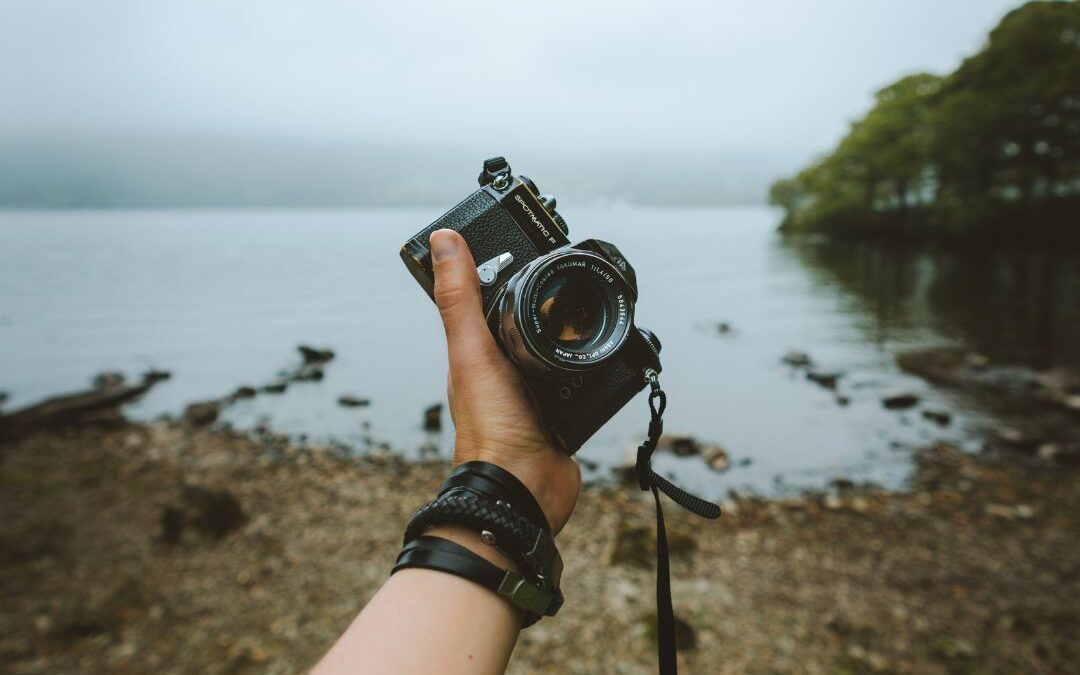What is the Meaning of Artistic Photography?
Artistic photography, often referred to as art photography, transcends the mere act of capturing images. It embodies a unique intersection of creativity, emotion, and technical skill. In this blog post, we will explore the meaning of artistic photography, its significance in the world of art, and how it differs from traditional photography.
Understanding Artistic Photography
Artistic photography is a genre that focuses on expressing an idea, emotion, or concept through visual imagery. Unlike commercial photography that aims to sell products or services, art photography seeks to evoke feelings and provoke thought. It invites viewers to interpret the image based on their personal experiences and emotions.
The Role of Creativity
At the heart of artistic photography lies creativity. Photographers use their imagination to conceptualize images that resonate with them personally. This creative process involves selecting subjects, composing shots, and manipulating light in ways that enhance the intended message. Whether it’s a striking portrait or an abstract landscape, each photograph tells a story shaped by the photographer’s vision.
Emotional Connection
One of the defining characteristics of artistic photography is its ability to forge an emotional connection with viewers. An effective piece can elicit feelings ranging from joy to melancholy. For instance, a photograph capturing a fleeting moment—like a child laughing or an elderly couple holding hands—can evoke nostalgia and warmth.
Photographers often draw upon their own emotions when creating art photographs. This personal investment adds depth to their work and allows viewers to connect on a more profound level. The emotional resonance is what makes artistic photography powerful; it goes beyond aesthetics to touch the human experience.
Techniques in Artistic Photography
While creativity plays a significant role in artistic photography, technical skills are equally important. Photographers must master various techniques to bring their visions to life effectively.
Composition
Composition refers to how elements within a photograph are arranged. A well-composed image draws attention and guides the viewer’s eye through the frame. Techniques such as the rule of thirds or leading lines can enhance visual interest and create balance within an artwork.
Lighting
Lighting is another crucial aspect that can dramatically alter the mood of an image. Natural light can create soft shadows and highlights that add dimension; artificial lighting allows for more control over how subjects are illuminated. Photographers often experiment with different lighting conditions to achieve specific effects that align with their artistic vision.
Post-Processing
In today’s digital age, post-processing has become an integral part of artistic photography. Software like Adobe Photoshop or Lightroom enables photographers to refine their images further—adjusting colors, contrast, sharpness, and even removing unwanted elements from a scene.
While some purists argue that post-processing detracts from authenticity, many artists view it as another tool for expression—a way to enhance reality rather than distort it.
The Difference Between Art Photography and Traditional Photography
To fully appreciate what artistic photography entails, it’s essential first to distinguish it from traditional forms of photography.
Purpose
The primary difference lies in purpose: traditional photography often aims for documentation—capturing events as they happen without manipulation or interpretation—while art photography seeks deeper meaning beyond mere representation.
For example, consider photojournalism versus fine art portraiture: photojournalism captures real-life events for news reporting purposes while fine art portraiture may involve staged settings designed solely for aesthetic appeal or emotional impact.
Subjectivity vs Objectivity
Artistic photography embraces subjectivity; each viewer may interpret an image differently based on personal experiences and emotions evoked by it. In contrast, traditional photographs tend toward objectivity—they document reality without imposing any particular narrative on viewers’ interpretations.
The Significance of Artistic Photography Today
In our fast-paced world filled with constant visual stimuli—from social media feeds overflowing with snapshots—to high-quality advertisements vying for attention—the significance of artistic photography remains profound:
- Cultural Reflection: Art photographs often reflect societal issues or cultural shifts; they challenge norms while encouraging dialogue around important topics.
- Personal Expression: For many photographers/artists alike—creating art serves as catharsis—a way for individuals express themselves creatively amidst life’s chaos.
- Aesthetic Appreciation: Finally—and perhaps most importantly—artistic photographs elevate everyday moments into something extraordinary; they remind us beauty exists all around us if only we take time observe closely enough!
What is the Meaning of Artistic Photography? – Conclusion
Artistic photography represents much more than just taking pictures—it embodies creativity infused with emotion expressed through technical mastery! By understanding its meaning—and recognizing how it differs from traditional forms—we can appreciate not only individual works but also broader trends shaping contemporary visual culture today! Whether you’re drawn towards capturing fleeting moments or exploring abstract concepts through your lens—the world awaits your unique perspective!
Visit out main blog page for more interesting articles

